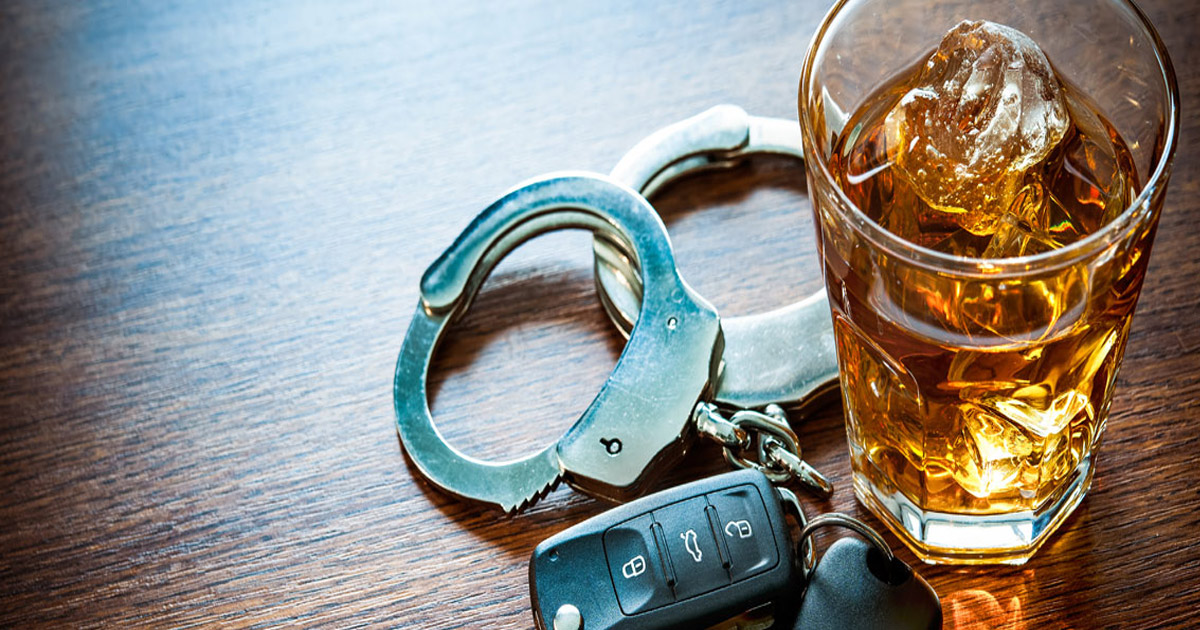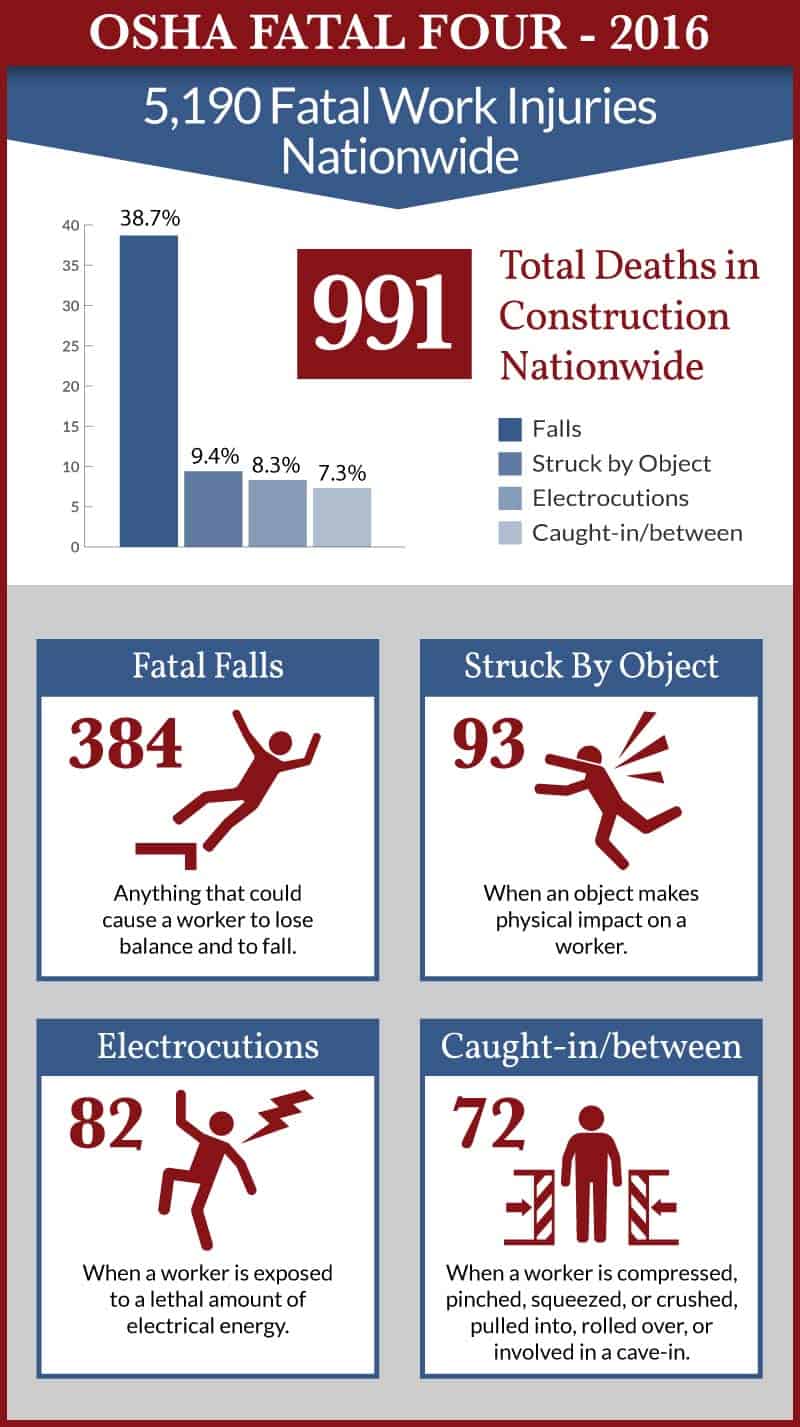National Drunk and Drugged Driving Prevention Month

December is National Drunk and Drugged Driving Prevention Month. Although the dangers of driving under the influence are well established, many people continue to do so, especially during the holidays. Each year between Christmas and New Year’s Day, approximately 300 people are killed in drunk driving car accidents, according to the U.S. Department of Transportation (DOT). Safe travel should therefore be a priority for drivers who plan to hit the road this holiday season.
How Does Alcohol Affect Driving Ability?
Drinking and driving remains one of the major causes of car accidents in the U.S., despite laws in all 50 states prohibiting driving under the influence (DUI). There are some sobering statistics when it comes to drunk driving. The Centers for Disease Control and Prevention (CDC) estimates that in the U.S., 29 people die each day in drunk driving accidents. In 2018, 10,511 people were killed in impaired driving crashes, according to the National Highway Traffic Safety Administration (NHTSA). That same year, there were 355 fatalities in Pennsylvania alone.
The reason it is so dangerous to drink and drive is that alcohol seriously impairs the ability to drive safely. Driving while under the influence of alcohol also increases one’s risk of an accident, which can lead to catastrophic injuries or even death. Some of the negative effects of alcohol include:
- Loss of judgment
- Decline in visual function
- Decreased ability to divide attention
- Reduced coordination
- Short-term memory loss
- Impaired perception and information processing ability
- Deterioration of reaction time
- Less muscle control
Drugged Driving is Also Hazardous
Alcohol is not the only hazard when it comes to traffic accidents and fatalities; illicit drugs are also dangerous. In 2018, 20.5 million people drove under the influence of alcohol, and 12.6 million drove under the influence of illicit drugs, according to the 2018 National Survey on Drug Use and Health (NSDUH). The CDC reports that drugs other than alcohol, both legal and illegal, are involved in approximately 16 percent of all motor vehicle crashes.
Unlike drunk driving, which is determined by blood alcohol content (BAC), there is no universal test or limit for drugged driving. The effects of drugs vary, depending on the type of substance ingested, tolerance, and other factors. For example, cocaine and methamphetamines can make a driver more aggressive and reckless, while some prescription medications can cause extreme drowsiness and dizziness.
Is It Dangerous to Drive Under the Influence of Marijuana?
One of the most common drugs involved in car accidents is marijuana. As more states continue to legalize medical and recreational marijuana, the number of people who drive under the influence of this psychoactive drug increases as well. While it is widely considered safer than hard drugs, such as cocaine and opiates, this is a misconception; marijuana can be just as dangerous as alcohol or other drugs. A driver who uses marijuana is approximately 25 percent more likely to be involved in a crash, according to the CDC.
The CDC cautions that marijuana affects driving ability in several dangerous ways, including:
- Slowed reaction time
- Impaired coordination
- Reduced ability to make decisions
- Distorted perception
- Difficulty in problem-solving
Several studies indicate that marijuana impairs motor skills, lane tracking, multi-tasking, and other cognitive functions, according to the NHTSA. When combined with other drugs or alcohol, the effects of marijuana, as well as the other substances taken, are amplified.
Pennsylvania Drunk and Drugged Driving Laws
Driving while impaired by any substance is against the law. In Pennsylvania, the legal BAC limit is 0.08. An individual’s BAC is not the only factor considered when determining penalties for drunk driving in Pennsylvania; prior offenses are also considered:
No Prior Offenses: Those who have a BAC of 0.08 to 0.99 percent and no prior drunk driving offenses are subject to general impairment penalties, which consists of up to six months of probation, a $300 fine, mandatory alcohol highway safety school, and treatment.
One Prior Offense: If someone has one prior DUI offense, penalties may include a maximum of six months jail time, a fine of up to $2,500, alcohol highway safety school, 12-month license suspension, treatment, and one year of ignition interlock.
Two or More Offenses: Those with more than one prior DUI offense may receive a 12-month license suspension, treatment, one year of ignition interlock, up to two years in prison, and a $5,000 fine.
Drivers who are determined to have a BAC higher than 0.99 are subject to harsher penalties. In Pennsylvania, a person who has a BAC of 0.16 percent or higher, even if they have no prior drunk driving offenses, may be sentenced to a maximum of six months in prison and be ordered to pay up to a $5,000 fine, in addition to other penalties.
There does not need to be evidence of actual impairment to be convicted of DUI in Pennsylvania. A person who drives with a BAC of at least 0.08 percent is considered to be impaired. The same goes for those who test positive for marijuana.
Liability for Injuries Caused in a Drunk or Drugged Driving Crash
A victim injured in a drunk driving accident may be entitled to compensation from the person responsible for the collision; however, it depends on the type of car insurance. This is because Pennsylvania is one of only three states that follows a choice no-fault car insurance system, which allows drivers to choose between no-fault insurance, which limits options after accidents, or tort-based insurance, which allows drivers to sue at-fault parties.
No-Fault and Tort-Based Car Insurance
A driver who chooses no-fault insurance may not file a personal injury claim against the person who caused their accident unless they meet the serious injury threshold. They may only collect compensation for economic damages from their own insurance company up to their policy limits. A person who chooses tort-based insurance may sue an at-fault driver for both economic and non-economic compensation, including pain and suffering. However, the amount that an injured party can recover depends on their percentage of fault for the accident.
Under the modified comparative fault rule in Pennsylvania, when both parties share blame for the accident, the plaintiff’s damages award is reduced by their determined share of fault. For example, if someone is found to be 10 percent at fault for the accident, their final award will be reduced by 10 percent. If the plaintiff is found to be more than 50 percent at fault, they will not be entitled to compensation.
How can Drivers Stay Safe This Holiday Season?
According to the NHTSA’s statistical projection of traffic fatalities for 2019, there were approximately 36,120 traffic-related deaths. Although this represents a decrease for the third year in a row, the agency is still promoting enforcement this holiday season to reduce the number of car accident injuries and fatalities. The NHTSA encourages drivers to behave responsibly by doing the following:
- Avoid drunk or drugged driving
- Designate a sober driver for the ride home
- Wear a seat belt
- Make sure all holiday party guests leave with a sober driver
If a car accident does happen this season, a knowledgeable lawyer will assist with a claim.
Bucks County Accident Lawyers at Freedman & Lorry, P.C. Represent Victims Injured by Drunk and Drugged Drivers
If you were injured in a drunk or drugged driving accident, contact one of our Bucks County accident lawyers at Freedman & Lorry, P.C. today. Our experienced legal team will work diligently to get you the compensation you deserve. Call us at 888-999-1962 or complete our online form for a free consultation. Located in Philadelphia, and Cherry Hill, New Jersey, we serve clients throughout Pennsylvania.
